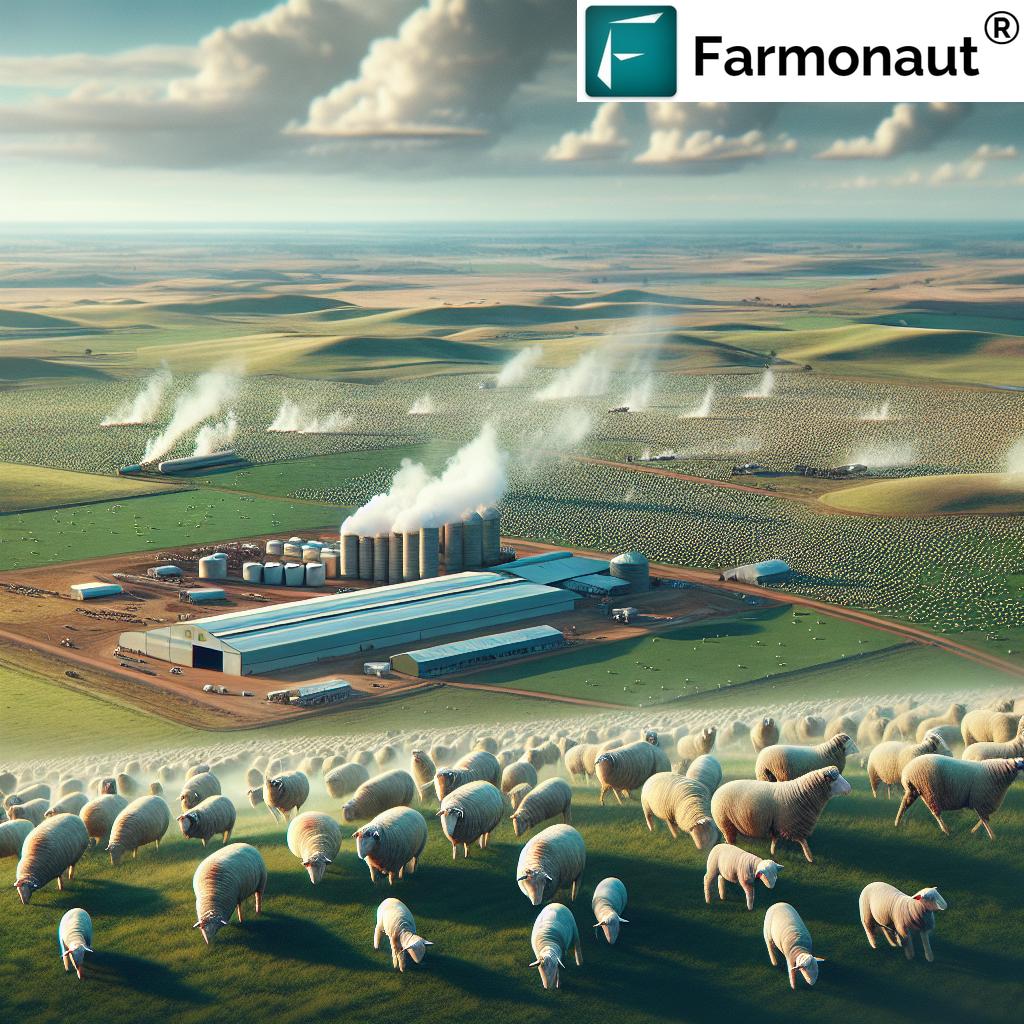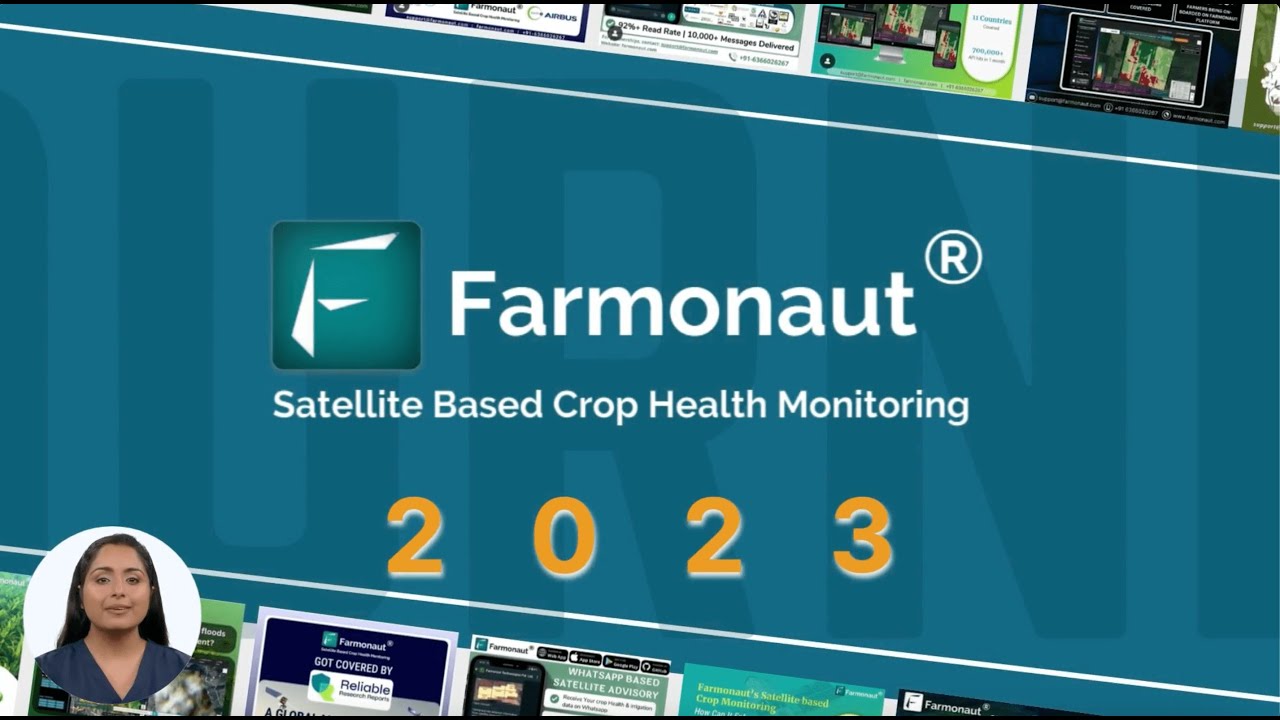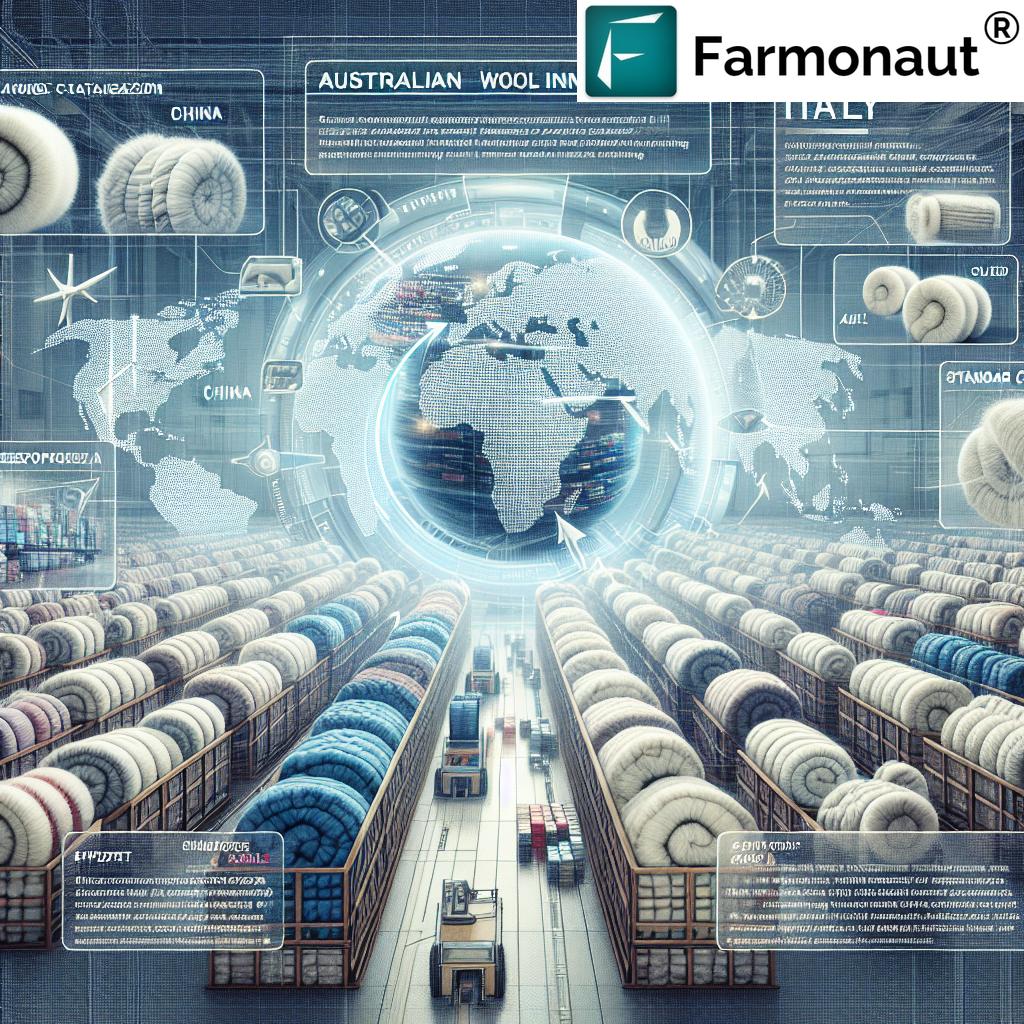Australian Wool Growers: 7 Shocking Trends Revealed
“Australia produces over 340 million kilograms of wool annually, making it the world’s leading wool exporter.”
As we examine the landscape of the Australian wool industry, it’s impossible to ignore its significant position in the global wool market. Australia not only leads the world in wool production, but also excels in wool quality, animal welfare improvements, and the adoption of sustainability practices. Our commitment to innovation has enabled Australian wool growers to adapt to industry challenges while continuing to meet the demands of the international market.
In this comprehensive analysis, we’ll explore the latest shocking trends shaping the future of this vibrant sector. From geographical distribution and major export markets (including China, India, Italy, and the Czech Republic) to supply chain vulnerabilities, labor issues, welfare concerns, and advances in agricultural technology, we aim to offer both industry professionals and curious readers a clear and engaging overview of wool’s pivotal role in Australia’s economy.
Trend 1: Geographical Distribution and Wool Production in Australia
The story of wool production in Australia is truly one of national scale. All states—except for the Northern Territory—are involved in wool growing, with New South Wales, Victoria, Western Australia, and South Australia leading the way.
- New South Wales: The undisputed leader in the volume of wool produced. Its favorable climate and large sheep population make it vital to the national clip.
- Victoria: Renowned for premium fine wool thanks to rich pastures in regions like the Western Districts.
- Western Australia: Home to vast sheep stations, it contributes an impressive proportion of clean wool exports—49% of the sheep industry’s value in the state in 2021-22.
- South Australia: A significant role, with continued investment in modern sheep farming and sustainability.
In the 2021-22 period, Australia shorn an astounding 71.6 million sheep, producing a vast volume of wool that underscores the industry’s widespread reach and economic significance. The geographical spread ensures that our wool supply is resilient, diverse, and able to meet global demand for everything from fine Merino to strong crossbred fleeces.
The industry’s widespread distribution also means that we, as wool growers, are capable of contributing to local economies and advancing agricultural innovation in both rural and urbanizing regions.
Wool growers Australia pride themselves on this widespread engagement, as it lays the foundation for a robust, innovative sector ready to face both local and global industry challenges.
Trend 2: The Economic Impact of Wool on Australia’s Economy
The Australian wool industry is intrinsically linked to the nation’s prosperity. With a gross value of AU$3.2 billion nationally (2022–23), wool not only enhances individual farm income but also supports rural communities and drives significant export earnings.
- State-Level Impact: For instance, Western Australia’s wool sector recorded a gross value of $655 million in 2021–22, accounting for 49% of the state’s sheep industry turnover.
- National Significance: Wool exports were valued at $3.592 billion in 2021–22 (agriculture.gov.au), representing a substantial share of our agricultural economy and underscoring the commodity’s enduring value.
Our collective contribution to the economy isn’t limited to farm-gate sales. The wool industry creates jobs in shearing, wool classing, processing, logistics, and research, making its impact** extend far beyond the rural landscape. Technology adoption, such as Farmonaut’s large-scale farm management solutions for optimizing operations, further multiplies productivity gains and cost savings for wool enterprises.
Australian wool industry trends highlight that rising international demand and premium pricing for quality Merino wool continue to enhance Australia’s economic resilience, especially amid fluctuating commodity cycles.
Trend 3: Global Wool Export Markets – Focus on China, India, Italy, Czech Republic
When we look at Australian wool exports, the dominance of the global market is immediately clear. According to industry research, 95% of Australian wool finds its way to just four countries: China, India, Italy, and the Czech Republic.
- China: The ultimate powerhouse—about 70-90% of all Australian wool exports go to China, including 90% from Western Australia alone. This vast trade relationship supports China’s extensive wool-processing sector, which reexports finished textiles globally.
- India: India receives around 6% of Australia’s wool, maintaining a longstanding partnership as a center for hand-spinning, weaving, and high-value garments.
- Italy: Known for luxury woolen goods, Italy is a key market for our high-quality Merino, contributing to the global prestige of Australian wool.
- Czech Republic: The Czech Republic, with robust processing facilities, plays a specialized role in the European wool pipeline.
This concentrated export profile demonstrates both the strength of Australian wool in the global market and the risks inherent in such reliance. Rapid changes in geopolitics, tariffs, or trade routes can materially affect woolgrowers’ returns. The growing interest in domestic processing capabilities is one response to these wool supply chain risks, enabling us to mitigate exposure while retaining the substantial benefits of export markets.
Our status as the primary supplier to China, India, Italy, and the Czech Republic highlights the versatility and quality of Australian wool. This is also why there’s a continual drive toward traceability and supply-chain transparency. Advanced solutions like Farmonaut’s blockchain-based product traceability are becoming crucial for sustaining trust and value in export markets.
Trend 4: Wool Industry Challenges – Supply Chain Risks and Labor Shortages
Despite our global recognition, the wool industry faces several challenges that must be addressed for future-growth.
Supply Chain Vulnerabilities
- Overreliance on China: Our industry’s heavy dependence on one major processing partner exposes producers to significant geopolitical tensions and trade disruptions (abc.net.au).
- Processing Risks: With most Australian wool sent offshore for processing, any bottleneck or political clash can halt the entire supply chain, threatening jobs and revenue. Mitigating these risks has become a top priority. The drive to enhance domestic wool processing capabilities is strategically important for stability and future insurance against shocks.
Labor Shortages and Workforce Innovation
- Skilled Labor Shortages: Our industry is experiencing a shortage of skilled shearers and wool handlers. This issue is particularly acute in remote areas of New South Wales, Victoria, and Western Australia.
- Exploration of Robotics: Innovations like robotic shearing are being explored, but widespread adoption remains limited due to cost and technical barriers (ausbizmedia.com). Investment in education, immigration, and automation is essential for ensuring the continued efficiency of our wool clip.
At this critical juncture, adopting predictive tools for labor management and operational optimization, such as Farmonaut’s fleet and resource management solutions, can help modernize wool shed operations and mitigate workforce constraints.
Trend 5: Animal Welfare in Wool Industry and the Move Beyond Mulesing
Animal welfare in wool industry is under more scrutiny than ever. Mulesing, a surgical procedure historically used to prevent flystrike by removing strips of skin from lambs, remains a contentious issue.
- Mulesing and Its Critics: While mulesing has proven effective in flystrike prevention, it has drawn significant criticism from animal rights groups (en.wikipedia.org). This has implications for Aussie wool’s reputation in premium international markets.
- Alternatives and Standards: The industry is actively seeking alternatives—including selective breeding for plain-bodied sheep, improved management practices, and non-surgical approaches. The widespread adoption of the National Wool Declaration ensures transparency and encourages producers to disclose animal welfare practices.
These advances are vital for improving welfare standards and retaining customer trust. Real-time monitoring of sheep health and welfare—possible through satellite technology and AI advisory platforms like Farmonaut’s Jeevn AI—can also aid producers in aligning operations with the highest welfare protocols and responding proactively to welfare alerts.
“Over 70% of Australian wool is exported to China, highlighting the industry’s global economic significance.”
Trend 6: Wool Sustainability Practices and Innovation
Wool sustainability practices are central to our industry’s global leadership. We, the wool growers of Australia, are dedicated to regenerative agriculture, water conservation, and renewable energy integration on farm. These eco-friendly practices address growing consumer and regulatory focus on lowering agriculture’s carbon footprint.
- Regenerative Agriculture: By rebuilding soil health and biodiversity, growers produce higher-quality wool and boost climate resilience.
- Water Conservation: Efficient irrigation techniques and monitoring help secure Australia’s precious water resources for future generations.
- Renewable Energy: Solar and wind installations are increasingly integrated into large sheep properties, lowering reliance on fossil fuels.
- Precision Agriculture: Tools like Farmonaut’s carbon footprinting platform enable transparent measurement and reduction of environmental impact.
Technology now underpins our drive towards sustainability. Satellite-driven platforms help assess soil condition, pasture regrowth, and carbon sequestration, ensuring we make data-driven decisions for better environmental outcomes.
Modern wool growers are also adopting blockchain and traceability systems (see Farmonaut’s product traceability page) to provide brands and end-consumers with irrefutable records of sustainable and ethical fiber production.
Trend 7: Australian Wool Innovation (AWI) & Research-Driven Future
Australian Wool Innovation (AWI) stands as our industry’s cornerstone for research, development, and extension. This not-for-profit invests in:
- Advanced Breeding: R&D into genetic improvements for wool yield, fiber quality, and animal resistance to disease and pests.
- Market Development: Global campaigns positioning Australian wool as a premium, sustainable textile fiber.
- Producer Support: Resources and training on both welfare and productivity, delivered via partnerships and digital platforms.
- Best Practice Guidance: Dissemination of the latest in farm management, shearing techniques, and environmental stewardship.
With support from AWI, Australia leads in innovation—from improved sheep genetics to real-time supply chain analytics and modern marketing approaches. Complementary agri-tech solutions, such as Farmonaut’s satellite-verified crop loan and insurance assessments, further bridge the gap between research, commercial uptake, and risk management for all players in the wool industry.
Australian Wool Industry Trends: Comparison Table
| Trend | Estimated Value | Year/Period | Key Impact |
|---|---|---|---|
| Wool Production | 71.6 million sheep shorn, ~340 million kg wool | 2021-22 | Maintains Australia’s global wool leadership |
| Export Volume | AU$3.592 billion in exports | 2021-22 | Major economic contribution, jobs, rural community support |
| Export Markets | 95% to China, India, Italy, Czech Republic | 2021-22 | Global demand, but also supply chain vulnerability |
| Sustainability Initiatives | Adoption >60% (regenerative/water/renewables) | 2019–23 | Improved yield, carbon reduction, eco-credentials |
| Labor Shortage (Shearers) | Shearers reduced by ~30% last decade | 2012–22 | Potential processing bottlenecks, higher costs |
| Animal Welfare Upgrades | Reduction in mulesing, rise in declarations | 2016–23 | Reputation improvement, market access |
| Innovation Adoption | Increased tech use: satellite, AI, blockchain | 2021–23 | Efficiency, traceability, supply chain security |
How Agricultural Technology like Farmonaut is Empowering Australian Wool Growers
The intersection of wool production in Australia and advanced agtech is rapidly transforming the industry. Farmonaut is at the vanguard of this movement, making precision agriculture practical and affordable for every wool grower—from the smallest family-run operation to the largest corporate station.
- Real-time Crop Health Monitoring: Farmonaut’s multispectral satellite imagery tracks pasture condition, soil moisture, and productivity zones, letting us optimize sheep rotations and pasture utilization.
- AI-Powered Animal Management: The Jeevn AI Advisory System, delivered via app, provides tailored insights and weather alerts. This empowers wool growers to respond to drought or pest threats as soon as they emerge.
- Blockchain Traceability: Product integrity and transparency throughout the wool value chain boost our standing in sustainability-sensitive export markets. Blockchain-based traceability solutions ensure full visibility “from paddock to textile.”
- Fleet and Resource Management: Coordinating livestock movements, shearing contractors, and farm vehicles is simplified via Farmonaut’s fleet management system, reducing costs and increasing efficiency.
- Environmental Stewardship: Carbon footprinting tools allow wool growers to track and reduce emissions, aligning with international carbon reduction commitments.
- Access to Finance and Insurance: Accurate, satellite-based farm verification—see Farmonaut’s crop loan and insurance services—accelerate approvals for loans/insurance and mitigate fraud, deepening wool sector resilience.
These technologies help us modernize, reduce costs, and transition toward the next era of wool industry success. To learn more about how Farmonaut’s AI, satellite, and blockchain solutions are tailored for agriculture, check out their crop plantation and forest advisory features, accessible via their multi-platform app.
Frequently Asked Questions (FAQ)
1. Why is Australia a global leader in wool production?
Australia’s climate, vast grazing lands, advanced animal husbandry, and strategic investment in wool research make it the world leader, producing approximately 25% of the world’s greasy wool sold in the international market.
2. Which states are most involved in the wool industry?
All states except the Northern Territory are involved, with New South Wales, Victoria, and Western Australia leading on production volumes. South Australia also plays a significant role, while Queensland and Tasmania have smaller but notable contributions.
3. How dependent are we on export markets, especially China?
Extremely. Upwards of 70% (and as much as 90% in some years) of Australian wool is exported to China. India, Italy, and the Czech Republic are other leading markets. This creates both opportunities and wool supply chain risks.
4. What are the major wool industry challenges?
Heavy reliance on external processing (mainly in China), labor shortages in shearing, animal welfare concerns, and climate-related disruptions are the primary challenges. Addressing these requires ongoing investment in technology and research.
5. What is being done about mulesing and animal welfare in the wool industry?
The industry is investing in alternatives to mulesing (e.g., genetic selection, new treatments, improved farm management) and is encouraging transparent reporting via the National Wool Declaration.
6. How are wool sustainability practices evolving in Australia?
Wool growers are implementing regenerative agriculture, water conservation, renewable energy, and traceability. Satellite and AI tools are aiding in real-time data monitoring for improved environmental governance.
7. What role does Farmonaut play in the Australian wool sector?
Farmonaut offers satellite-based field management, carbon footprinting, blockchain traceability, and AI advisory tools—helping wool growers enhance productivity, transparency, and sustainability while lowering costs and risks.
8. Where can I access Farmonaut’s technology?
You can use Farmonaut via their web, Android, or iOS apps, or integrate their data through the API for enterprise and research use cases.
Conclusion: The Future of Wool Growers in Australia
The Australian wool industry remains a pillar of the nation’s agricultural identity and economic strength. Our wool growers continue to excel amid dynamic global markets, pushing for higher standards of animal welfare, measurable sustainability improvements, and technology-enabled innovation.
Though the industry faces supply chain risks, labor shortages, and welfare scrutiny, proactive research (spearheaded by the Australian Wool Innovation), a climate of entrepreneurship, and smarter digital solutions like those offered by Farmonaut are redefining what’s possible for the future of wool production in Australia.
Our ongoing commitment to quality, welfare, versatility, and sustainability will ensure that Australian wool maintains its global leadership for generations to come. Embracing traceability, carbon management, and AI-driven insights equips all of us to navigate new challenges, capture emerging opportunities, and deliver enduring value across the globe.
Together, let’s shape the next chapter of the Australian wool story—sustainable, profitable, and world-leading.






















